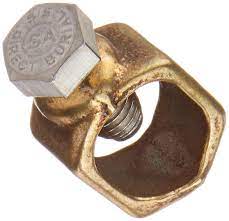
A ground rod clamp is a component used to create a secure and low-resistance connection. This connection is between a ground rod and the grounding conductor. It creates an electrical ground to protect the transmission lines from lightning strikes. This helps ensure the safety of personnel working in the area. A ground rod clamp is from materials such as copper or coper alloys. The ground rod clamps have designs to withstand the demanding tropical climates of Southeast Asia. This helps ensure reliable grounding solutions even in high humidity and rainfall. Common types include bolted ground rod clamp, compression, parallel groove, universal and threaded ground rod clamp. They find use in various applications such as electrical substations, industrial facilities, commercial buildings and residential electrical systems.
Key features of ground rod clamp
A ground rod clamp has various features that help them connect the ground rods to the conductors. These features also help ensure the effectiveness and safety of the ground rod clamp. Additionally, it is advisable to consult with experts in the industry for the selection of the best ground rod clamp. The following are the key features of ground rod clamp.
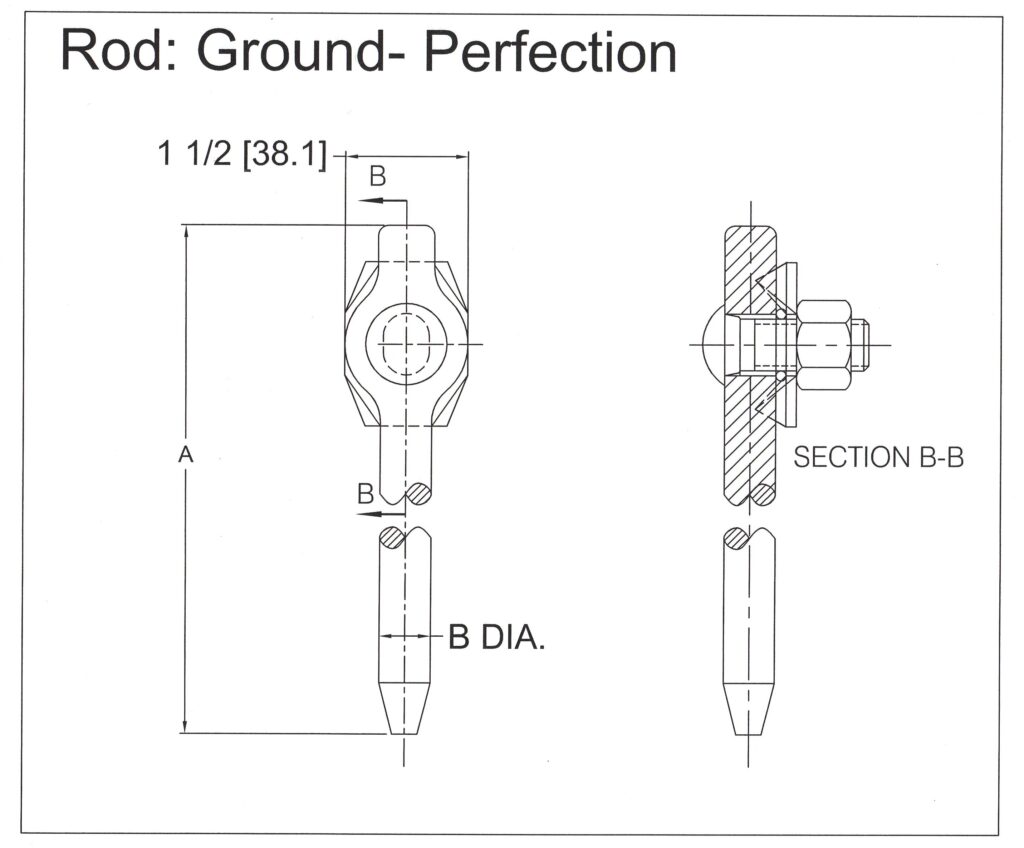
- Corrosion resistance – materials and coatings such as copper, copper alloys and stainless steel protect the ground rod clamps from degradation in high-moisture environments.
- Tightening mechanism – ground rods work with fittings such as bolts, screws or compression fittings. They help to provide a strong and stable connection with the ground rod.
- Material – ground rod clamps are from materials such as copper, copper alloys and other corrosion-resistant materials.
- Conductive design – they offer low electrical resistance to ensure efficient dissipation of fault currents into the ground.
- Ground rod compatibility – the clamps should accommodate various ground rod sizes and shapes. This is to ensure compatibility with different grounding system designs.
- Bonding capability – the ground rods have provisions for bonding multiple ground rods together. This helps create a low-resistance grounding system.
- Ease of installation – they should be easy to install with minimal tools and effort to achieve a secure connection.
- Safety – they should have safety features that reduce the risk of accidents during installation. This includes features that prevent electrical arcing.
Selection and installation of ground rod clamp
Selecting the best ground rod clamps involves considering several factors. These includes grounding requirements, environmental conditions, material selection, corrosion protection and rod accessories. The installation should ensure a low-resistance connection between the ground rod and the grounding conductor. Additionally, it is advisable to consult industry experts for guidance on the proper installation of ground rod clamps. The following is a step-by-step installation guide for ground rod clamps.
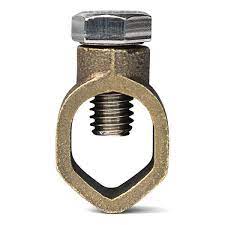
- Safety precautions – make sure to follow all the safety measures such as wearing protective equipment. Also, ensure the electrical system is de-energized and safe to work on.
- Selection – choose the ground rod clamp that suits the diameter of your ground rod.
- Preparation – clean the end of the ground rod and make sure it is free from any debris or corrosion.
- Prepare the grounding conductor – strip the insulation from the grounding conductor. This helps to make a secure connection with the ground rod clamps.
- Positioning – place the ground rod clamp onto the ground rod at the desired location.
- Attachment – insert the stripped end of the grounding conductor into the lug or connector of the ground clamp.
- Tightening – use a wrench to tighten the bolts or screws on the ground rod clamps securely. Ensure the clamp is tight and connected with the ground rod and the grounding conductor.
- Torquing – use a torque wrench to tighten the bolts or screws to the recommended torque level.
- Inspection – visually inspect the installed ground rod clamps to ensure it is properly installed and secured.
- Documentation – maintain detailed records of the ground rod clamps. This is including location, date and any adjustments.
Maintenance and inspection of ground rod clamp
Proper maintenance and inspection ensures the effectiveness and safety of the grounding system. The frequency of the maintenance and inspection depends on environmental factors and type of application. It also helps identify and address potential issues that may cause accidents. Also, it is advisable to periodically include professionals in the maintenance and installation. The following is a basic guide to maintenance and inspection of ground rod clamps.
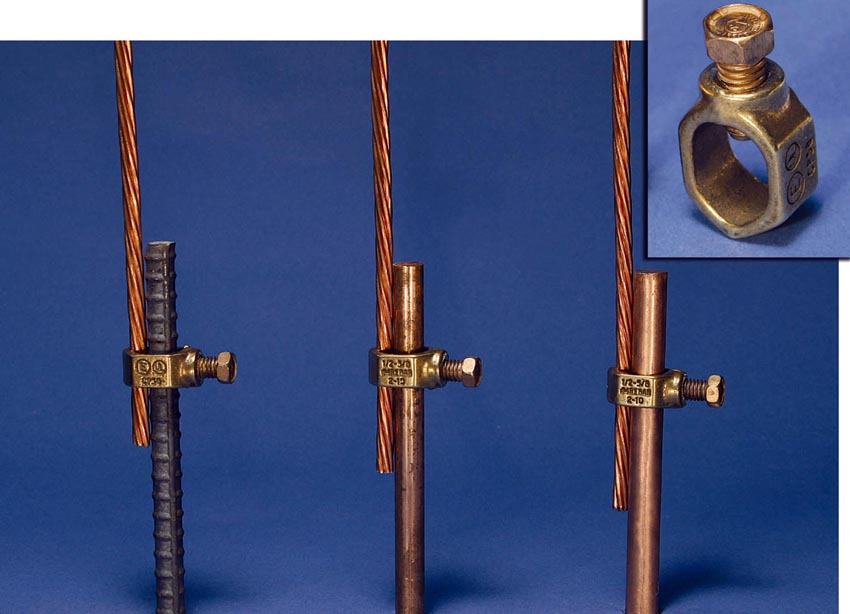
- Regularly visually inspect the ground rod clamp to check for signs of corrosion, physical damage and loose components.
- Keep the ground rod clamp and the area around it clean and free of dirt, debris and vegetation. This helps to maintain a good electrical conductivity.
- Apply anti-corrosion compound to protect the ground clamp and other components from rust and corrosion.
- Check the tightness of the bolts or screws on the ground rod clamps and tighten them to the manufacturer’s specifications.
- Inspect the grounding conductor attached to the ground rod clamps and ensure it is securely connected.
- Use a torque wrench to ensure that the fasteners are tight to the recommended values.
- Perform ground resistance testing to verify the effectiveness of your grounding system. Ensure the testing is according to the industry standard.
- Ensure the grounding system is compliant with local electrical codes and regulations.
- Maintain detailed records of each inspection including findings, actions taken and dates of inspection.
Comparative analysis of ground rod clamp in Southeast Asia
A comparative analysis includes evaluating and assessing different types and brands of clamps. This helps to determine the best that suits your application needs. It also helps identify the clamp that offers the best balance of performance, durability and cost-effectiveness of your application. The following are the factors to include in a comparative analysis for ground rod clamps in Southeast Asia.
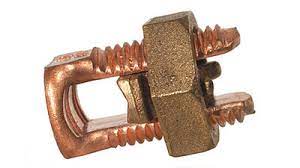
- Size and compatibility – consider whether the clamp is compatible with the size and type of ground rod and grounding conductor.
- Material – compare the material used for the ground rod clamps. Do this considering conductivity, corrosion resistance and durability.
- Tightening mechanisms – compare the tightening mechanism of different clamps. This mechanisms may include bolts, nuts, washers and screws. Evaluate the ease of installation and the effectiveness of the mechanisms.
- Corrosion resistance – assess the corrosion resistance of the clamp materials. This helps to ensures durability and reliability.
- Cost – compare the cost of different ground rod clamps while balancing costs, quality and performance.
- Conductivity – evaluate the electrical conductivity of the clamp to ensure it provides a low-resistance connection between the ground rod and the grounding conductor.
Certifications and standards in Southeast Asia
The ground rod clamps should adhere to the local and international standards and regulations in the region. This is to ensures safety, performance and compliance with local regulations. Local standards may vary from country to country. Additionally, it is advisable to consult with local electrical authorities to help ensure compliance with the regulations and standards. The following are the standards and certifications related to ground rod clamps.
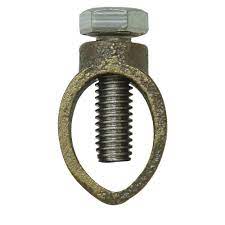
- IEC standards – this covers lightning protection system components including ground rod clamps.
- IEEE standards – these are for measuring earth resistivity, round impedance and earth surface.
- ASTM standards – these are mainly for the alloys used in production of the clamps.
- Local electrical codes and regulations – these standards vary by country for grounding components. The ground rod clamps must comply with specific electrical codes and regulations for each country.
- ISO certification – this is a certification for manufacturers to prove the quality of their products.
- Local approvals and certifications – check if the ground rod clamps has approvals or certifications from local regulatory bodies.
Regional market for ground rod clamps in Southeast Asia
There are various factors that influence the regional market for ground rod clamps in Southeast Asian market. These factors include infrastructure development, industrial expansion and the importance of electrical safety. The following are the factors that influence this market.
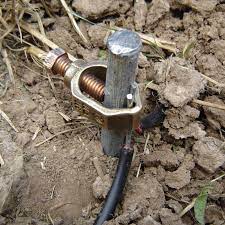
- Local manufacturing – this provides both domestic and export market with a range of options.
- Competing technologies – advancements of grounding technologies may influence the market dynamics in the region.
- Export opportunities – local manufacturers may explore the export opportunities to foreign countries or international market.
- Tropical climate – the high humidity, rainfall and occasional storms in Southeast Asia requires the use of the grounding systems. They help to protect against lightning strikes and electrical faults.
- Renewable energy – development of renewable energy projects in Southeast Asia like solar and wind power has increased. This requires the use of grounding systems to ensure proper grounding and lightning protection.
- Urbanization – the growth of electrical infrastructure increases the demand for grounding components in the industry.
- Regional variations – the variations in demand may arise from factors such as local regulations, soil conditions and environmental factors.
Frequently asked questions
A ground rod clamp is an electrical component used to create a secure and low-resistance connection between a ground rod and the grounding conductor. Its main purpose is to ensure that fault currents are safely directed into the ground to prevent hazards.
Inspection and maintenance schedules should take into account the local environmental conditions. This helps to establish regular and frequent inspections depending on the conditions.